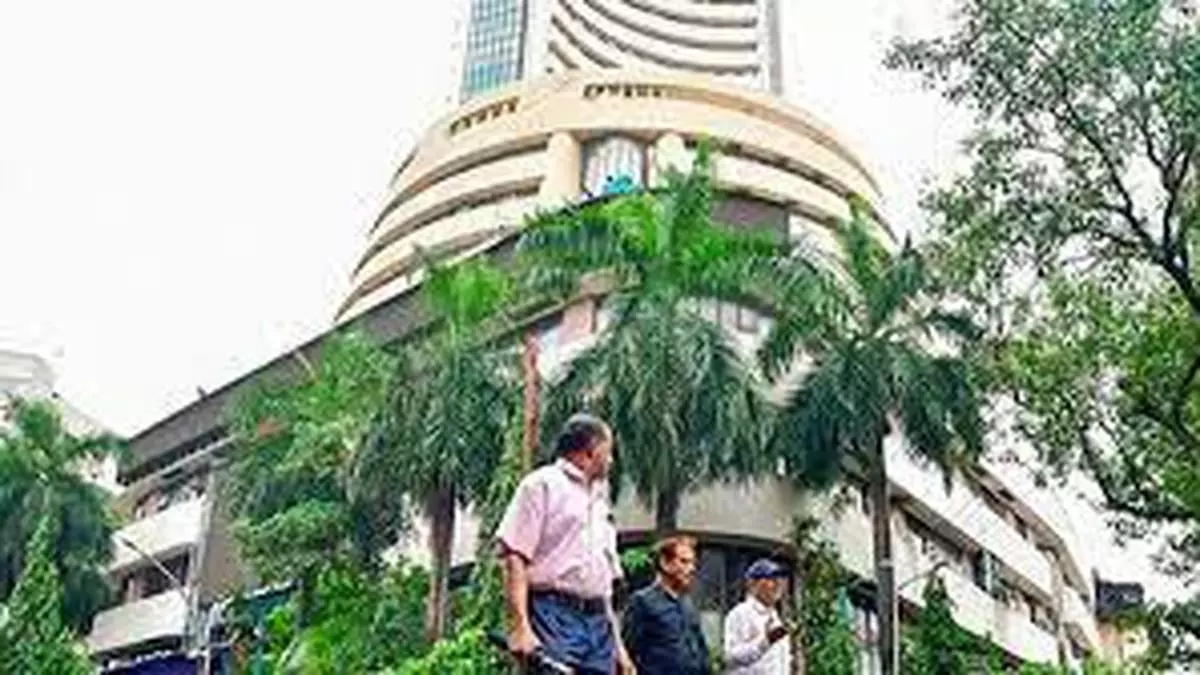Indian equity market divides global, domestic analysts
Indian equity market has divided analysts down the middle. While analysts at global advisory firms are rooting for Indian stocks, domestic analysts are raising the red flag.
The latest to join the bandwagon is JP Morgan which upgraded India to Overweight from Neutral. It cited two reasons: cyclical – use near-term correction/dip as an opportunity to add and leverage on a positive historical seasonality to general elections; and structural – India offers the strongest EM nominal GDP compounding (demographic trends, infrastructure investment needs), it has competitive risk-adjusted returns to DM equities and deeper domestic bond market should support lower risk premia.
‘Standout OW’
Last week, Morgan Stanley upgraded India to “standout overweight” stating that the relative economic and earnings growth are improving and the macro-stability set-up looks sufficient to withstand the higher real rate environment.
“India remains standout overweight. We increase our overweight stance on Indian equities and as our most-preferred emerging market.”
Similarly, CLSA in “Incredible India: Raising exposure” said: “We posit that in combination, a strong credit impulse, favourable energy pricing, improving external balance dynamics, robust GDP and EPS growth, increasing profitability, a supportive macro outlook, and additional capacity for non-resident asset accumulation will sustain the Indian equity momentum trade into 2024.”
According to Jefferies, rich valuations, oil/fiscal worries and near term State elections could raise market volatility. “Tactically, we reduce portfolio beta somewhat and trim weight on mid-cap industrial and property OWTs and shift weight to laggards / cash. We also bring Consumer staples to UWT, shifting weight to Bharti. We would buy the dips as the medium term appears bright with the ongoing capex cycle recovery,” it added.
Despite their super bullish stance on India, foreign portfolio investors (FPIs) were sellers in the last few weeks. While they offloaded shares worth ₹14,750 crore in September; they sold another ₹20,350 crore in October till date.
Quite contrary to bullish stance of global majors, some of the domestic brokerages are cautioning Indian investors, mainly on valuation front on broader markets.
Rooting for large-caps
Kotak Institution Equities, which boldly declared discontinuing its recommendations on mid- and small-cap stocks, remained steadfast on its cautious stance despite sharp fall in the last few days.
In a note on Thursday, the domestic broking firm said, “The recent sharp correction in stock prices may reflect growing recognition of short-term (higher-for-longer interest rates, weak domestic consumption) and medium-term (disruption across sectors) challenges or a ‘natural’ correction in the market from ‘high’ levels. In our view, large-cap. stocks offer better reward-risk balance given more reasonable valuations versus lofty valuations of most mid- and small-cap stocks.”
According to Emkay, still-rich equity valuations face increasing risk from high real rates and cost of capital, while earnings expectations for next year appear overly optimistic. “Lags in the impact of high rates are longer this time, but we believe most of the negative effects are still to come. Our outlook on equities is to remain cautious ahead.”
Key factors
While they may differ on perspectives, there are some common concerns that most analysts are worried about. The major risks, according to them, are geopolitical tension, upcoming elections, El Nino and prolonged higher interest rate regime in the US.
On the other hand, key positives included firm economic growth, healthy demand/consumption, capex revival, steady policy regime and strong credit growth.
The BSE Sensex and the Nifty have posted less than 5 per cent return in the last two years even as mid-cap and small-cap climbed over 20 per cent and 30 per cent, respectively.
From global investors’ perspective, no other market is offering such a safe investment as India.
